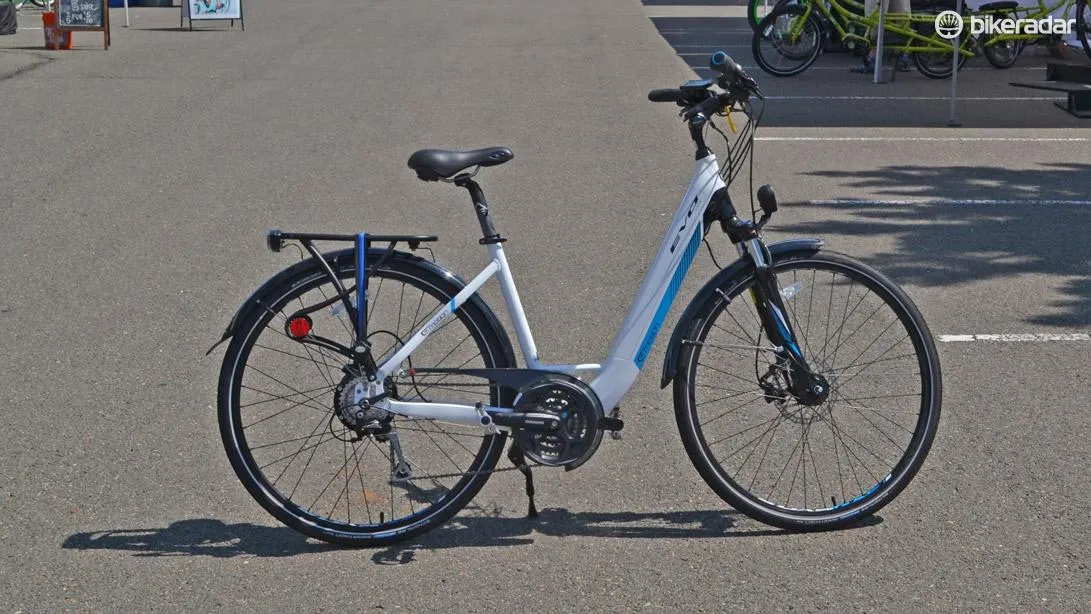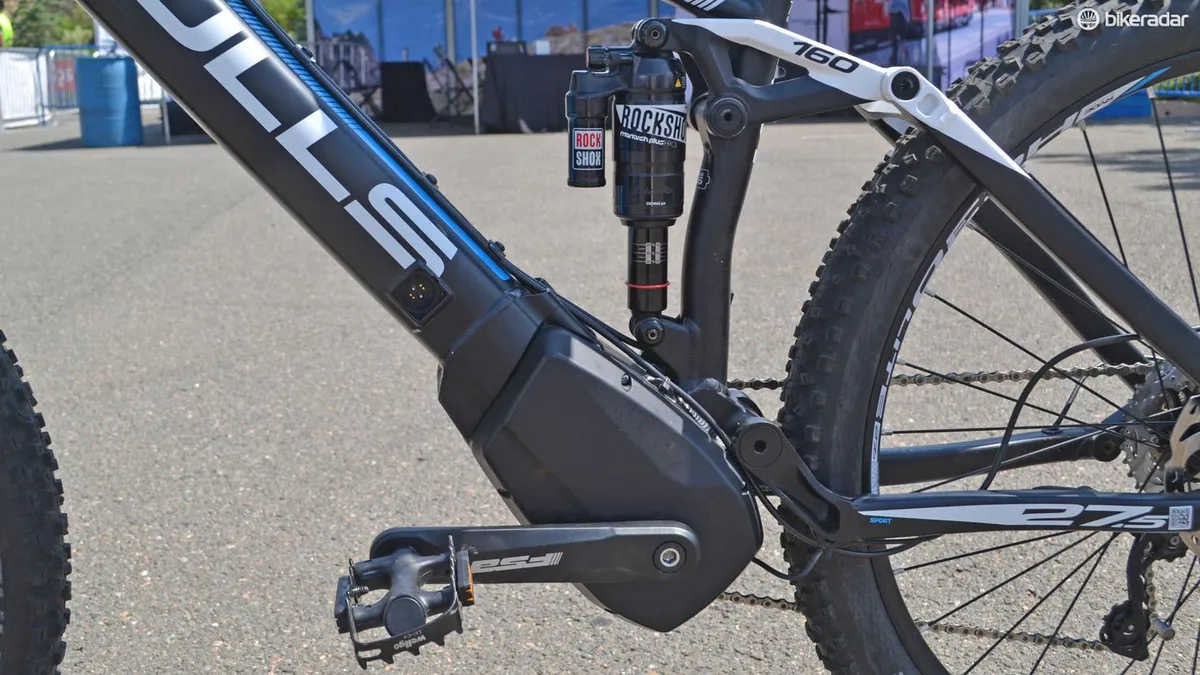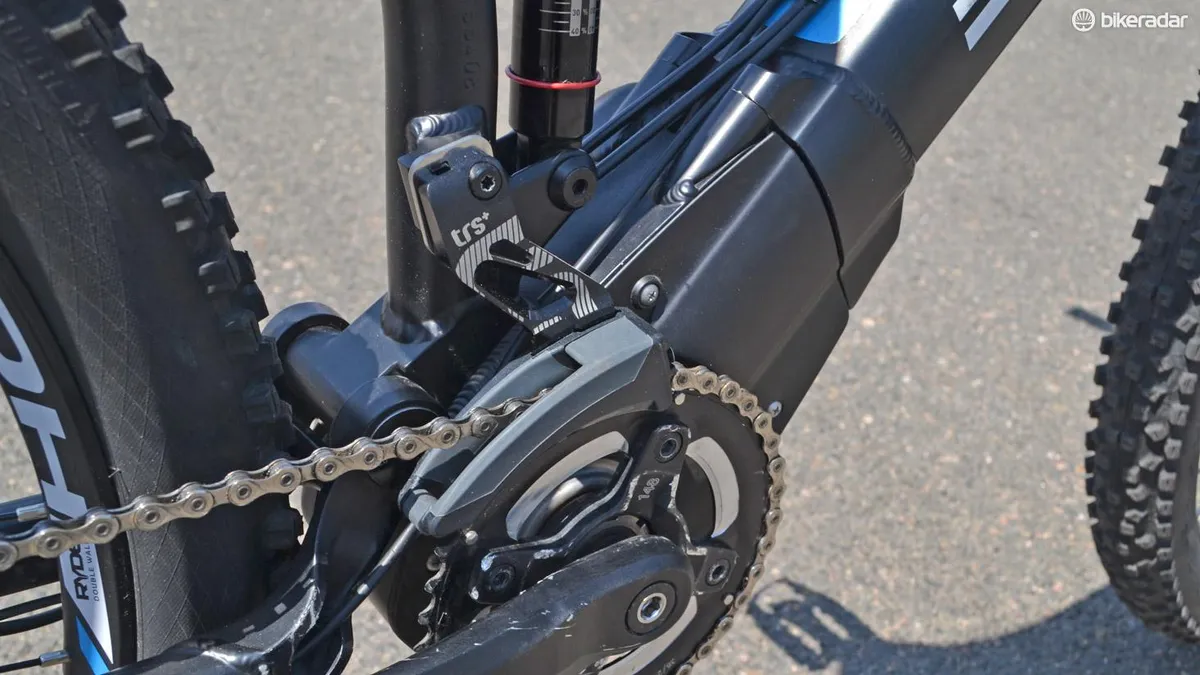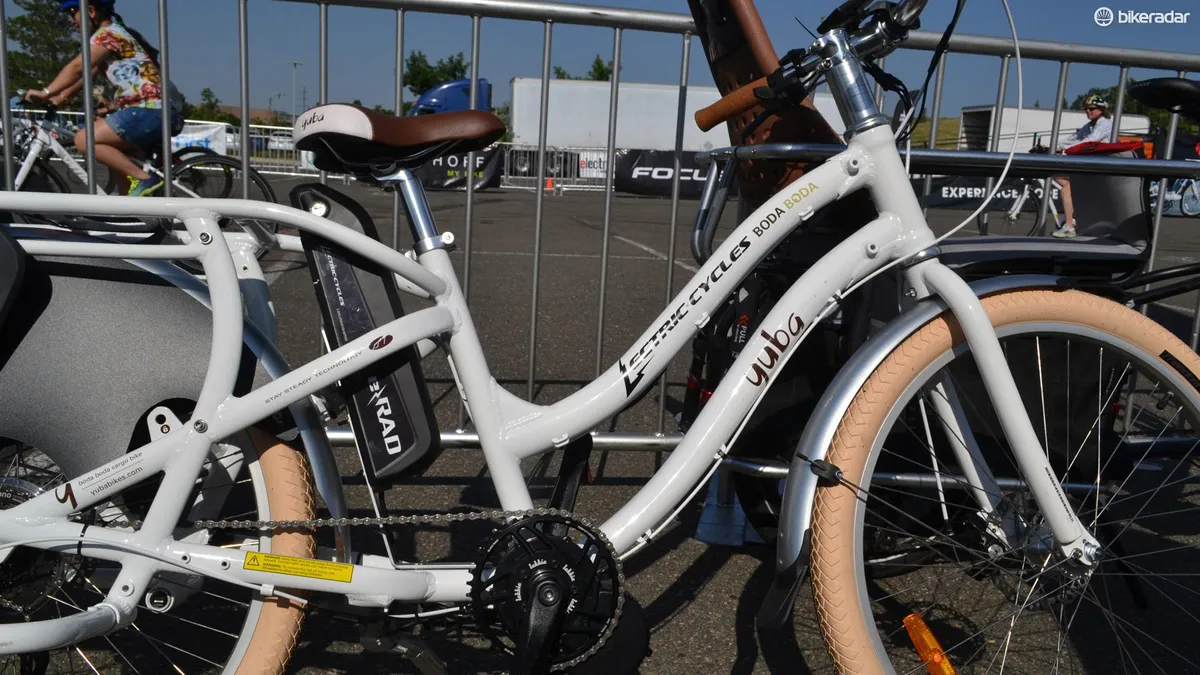There are many different ways to power an electric bike. Deciding which is the best e-bike for you depends on how you plan to ride, and possibly which motor you want. The good news is that no matter what you have in store for your e-bike, from grocery getting to mountain bike shredding, there's certainly one that will fit your requirements.

Electric bike motor and battery options
At a recent e-bike expo, I asked manufacturers: "How many types of e-bike motors and batteries are available?" Every single person I spoke to smiled, then some laughed, because that's a hard question. One manufacturer alone specs five different motors, and four different battery types for their current year of e-bikes.
There's an endless array of ways to power an e-bike currently. In America, Bosch has the biggest market share, but Yamaha has been making e-bike motors for the longest, and a number of companies lay claim to having the most powerful battery or motor.

The motors generally are in either the rear wheel hub or in between the cranks – known as mid-drive. Typically, most urban and hybrid e-bikes have a hub-mounted motor for the increased response and quick feeling.
On the other side, most e-MTBs have a mid-drive motor for weight balance – which is particularly important on full-suspension machines – and a smoother power delivery. Using a mid-drive motor also allows fitment of a standard rear MTB wheel, whereas most hub motors are proprietary to the brand.
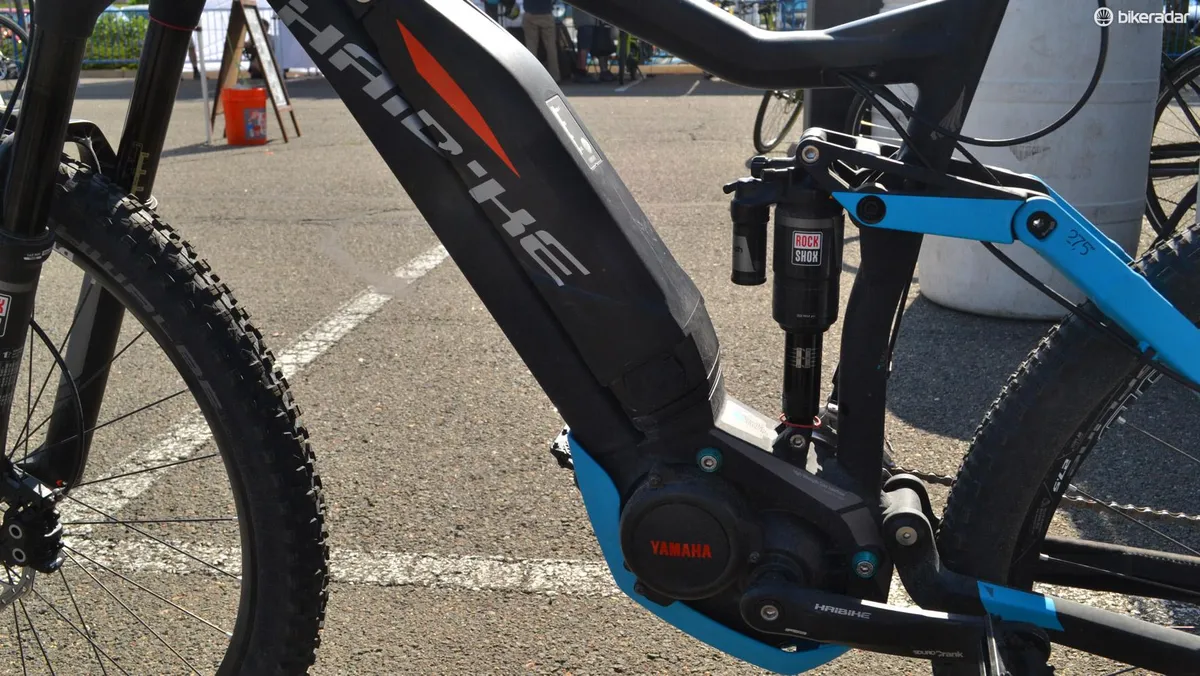
Battery placement also varies between bikes. The two most common placements are in the frame down tube, or on a rear rack. The down tube variation seems more visually attractive, and more importantly places the weight centrally. The rack-mount does raise the bike's center of gravity, and biases more weight towards the rear, which again makes it inappropriate for MTBs.
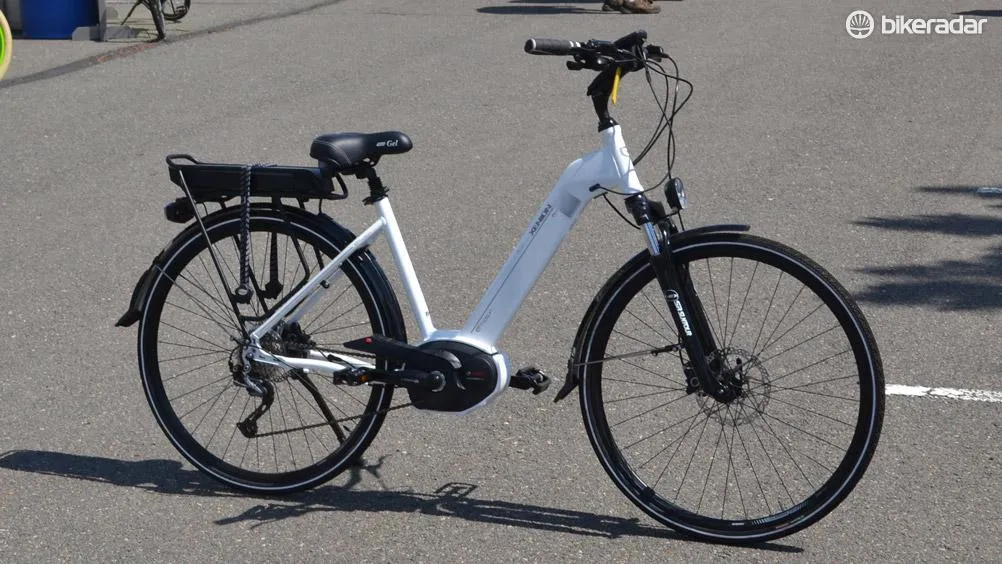
Electric bikes: even more choices
The choices continue with brands such as Electron Wheel, which is a front wheel replacement. Right now, it's available in 26in or 700c sizes, and works with quick release forks and rim brakes only. The beauty of this system is that you can take your existing bike and turn it into an e-bike, and just as easily convert it back to a regular bike.
The 250 watt motor offers a 30-mile range, assists up to 20mph, and weighs 20lbs / 9.1kg with the battery. The Electron wheel knows when and how much to assist by receiving inputs from a sensor mounted on the non-drive crankarm that measures cadence and incline.
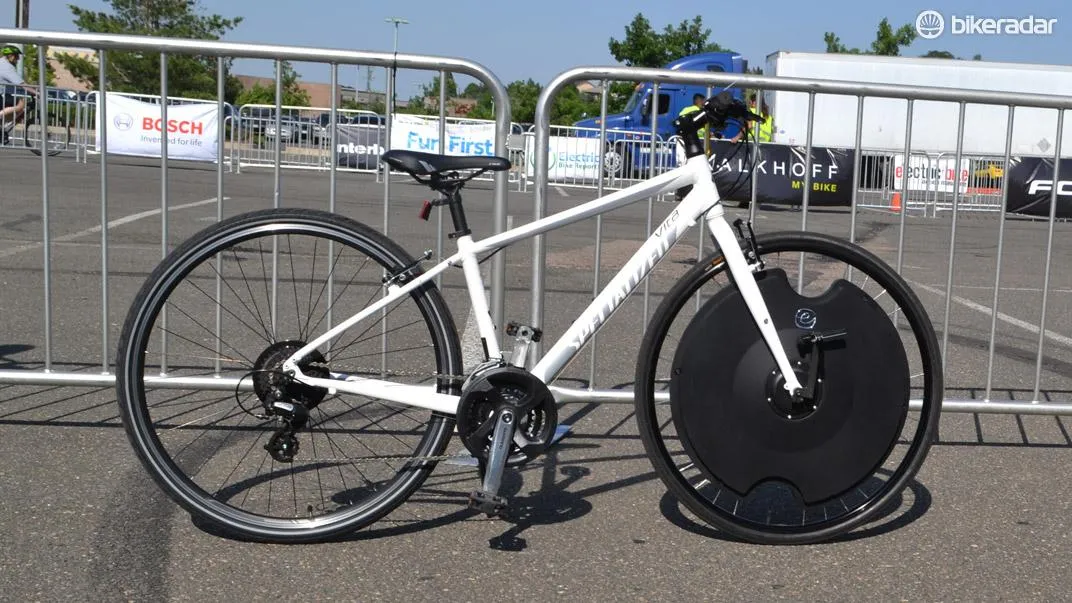
Whichever motor system you choose, every motor likes it when you pedal a higher cadence. If you're the type of rider who smashes big gears and muscles up the climbs, most sensors will have a hard time making sense of the pedaling inputs, causing a surging sensation.
Some systems won't even register until your pedaling stroke reaches 20rpm, so getting started is done under your own power before the motor kicks in. But whatever you choose, having the helping assist of electric power can make boring commutes more fun, decrease automobile usage, and become the gateway towards unassisted cycling.

